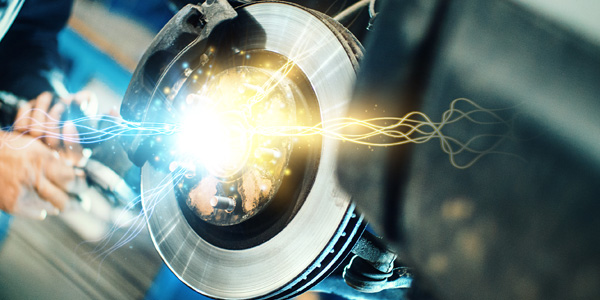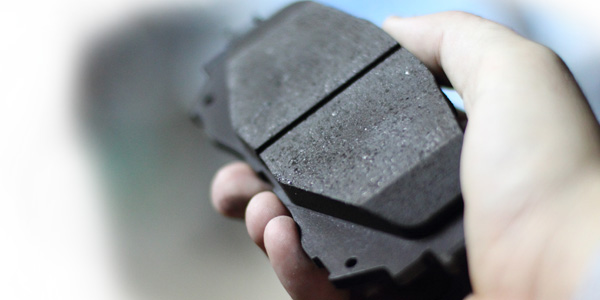
One thing you can always count on in the automotive aftermarket is change. Brake product lines are constantly evolving to keep pace with health and environmental concerns, advancements in vehicle technology and changes in the vehicle population itself.
Asbestos used to be a common ingredient in brakes years ago because of its friction characteristics. But health concerns over exposure to microscopic asbestos dust led to its removal from domestically produced friction materials back in the late 1980s and early 1990s (although it was never officially banned). However, asbestos still is found in some offshore brake linings, and some of these products find their way into the U.S. market.
Copper is the latest ingredient that is being phased out. Copper has long been used in brakes to help dissipate heat and dampen noise. But brake dust containing copper can be toxic if it finds its way into lakes or streams. So copper is going away. By 2021, all brake pads and shoes manufactured in the United States will contain less than 5 percent copper by weight, and less than 0.5 percent copper by 2025. Brake suppliers will have up to 10 years to sell all of their existing inventory, so it will be a long, slow phase-out. Even so, most brake suppliers are well-ahead of the curve and have already introduced next-generation low-copper or no-copper friction materials.
Friction materials that are low-copper have a two-leaf mark on the box. Those that contain 0.5 percent or less copper have a three-leaf mark.
Next-generation friction materials also have to take into account ongoing changes in the vehicle population. Cars and trucks have different braking characteristics and different friction material requirements, so brake suppliers have to make sure their products provide the best performance in each type of application.

In 2017, cars accounted for only 37 percent of new vehicle sales in the U.S. The rest were some type of truck (63 percent). Within the “truck” category, crossover vehicles (CUVs) accounted for the most sales (31 percent), followed by pickup trucks (16 percent), sport utility vehicles (SUVs) (10 percent), minivans (3 percent) and full-size vans (3 percent).
Although CUVs are officially classified as “trucks” rather than cars, many CUVs are much more car-like than a large SUV or a pickup truck. Consequently, their braking requirements also are more car-like. But for larger, heavier SUVs, pickup trucks and full-size vans, braking demands typically are much higher due to their larger size and weight. Because of this, one friction material can’t satisfy the braking needs for all cars and trucks. That’s why different friction materials are used within a given product line to meet the different performance requirements of different vehicles.
Most brake suppliers have a range of product lines, from economy and standard to premium and performance. Some product lines may feature a particular ingredient such as ceramic, semi-metallic or low/no copper. Most friction materials are a mix of up to 20 or 30 different ingredients, including various kinds of fibers, resins, binders and fillers (even walnut shells). The exact list of ingredients and their percentages are closely held secrets. But in each case, the recipe determines the friction properties, wear, noise, fade resistance, pedal feel and braking characteristics of the end product.
Generally speaking, semi-metallic pads use at least 60 percent steel wool by weight and are for high-temperature, hard-use applications like pickup trucks and large SUVs. Non-asbestos organic (NAO) linings usually contain less than 30 percent steel by weight and are for lower-temperature, everyday driving on cars and CUVs. Ceramic pads usually contain no steel and offer a good combination of wear resistance, quiet braking and low visible dust, and are used on a broad spectrum of applications. Some of the newest low-/no-copper formulas offer even better braking performance than the older materials they have replaced.
The best advice for selling brake pads and shoes is to follow the product recommendations of your brake suppliers, and to encourage your customers to upgrade to a premium brake pad for the many benefits it provides over economy or standard pads













